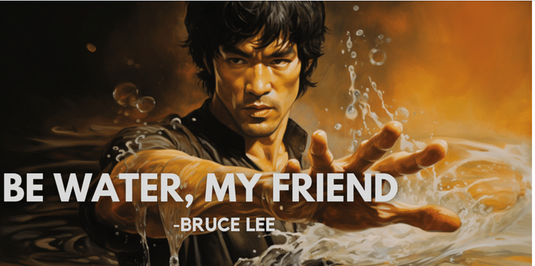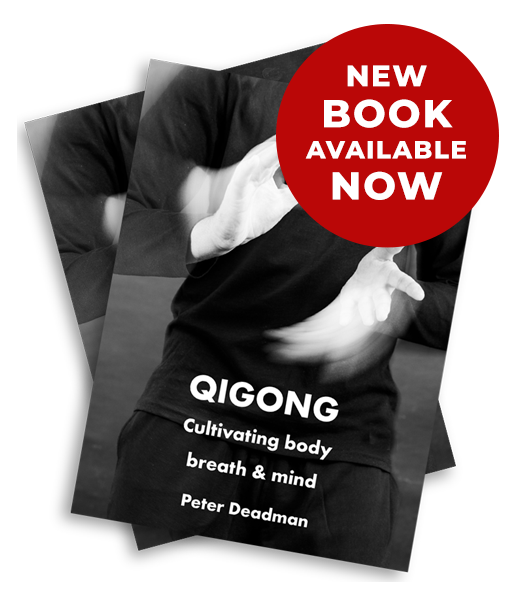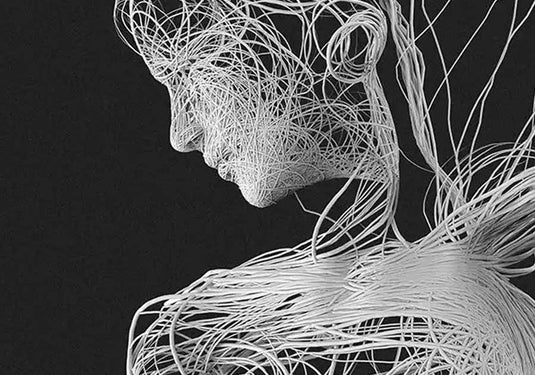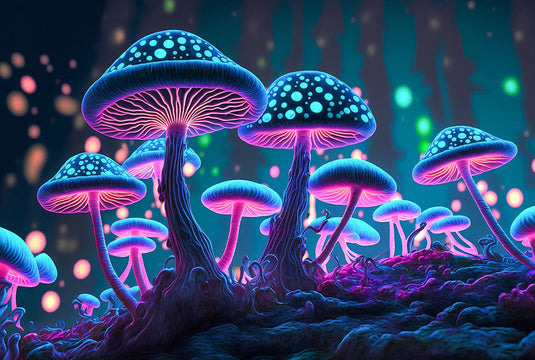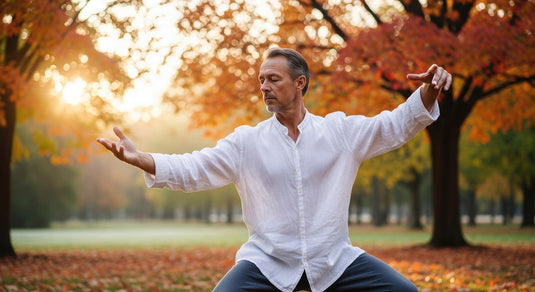“Moving, be like water; still, be like a mirror.”
Zhuangzi, 3rd century BCE
There are many ways to view the living body and one of the earliest (dating back at least two thousand years in China) is found in acupuncture physiology, where the body is depicted in terms of a complex network of channels and waterways. Where the flow arises in the fingers and toes it is compared to a well or a spring, widening into rivers and streams in the limbs and broadening out into seas as it reaches the larger structures of the body. Meanwhile, reservoirs store any surplus to be fed back into the system as needed. This image makes sense when we remember that sixty per cent of our bodies is made up of flowing water, in the form of blood, plasma, lymph and interstitial fluid.
In Chinese medicine and Daoist philosophy, health is associated with free flow, disease with blockage and stagnation. So in the practice of qigong and the internal martial arts, we can model our movements on moving water. And in the internal martial arts, flowing and relaxed is considered superior to strong and tight. One teacher, for example, describes internal martial power as being more like the continuous flow of water than an on-off drum beatwith its moments of vulnerable disconnection.
Holding to the image and feeling of flowing water as we practise helps us soften hardness of the body-mind, deeply relax and enjoy the sensation free and easy wellbeing. And in a kind of moral teaching, the 4th century BCE Daodejing also reminds us that water nourishes all things yet always seeks the lowest position.
"The highest good is like water. Water gives life to the ten thousand things and does not strive. It flows in places people reject and so is like the Dao.”
Daodejing, 4th century BCE
A bit of history
It has been said that all cultures frame medicine in
terms of their dominant technology, for example the 19th century view of the body as machine, the 20th century’s militaristic ‘magic bullet’ targeting specific diseases, the 21st century’s data-based bio-hacking. The dominant technology in ancient China was the management of water to control floods and drought. The story of the Great Flood – an event that was said to have occurred in the third millennium BCE - is etched into Chinese memory. Lasting two whole generations, it is considered to be one of the greatest natural disasters ever to have befallen the country. Emperor Yao first appointed the Prince of Chong to resolve the flood and in vain he tried to do so by attempting to block the waters with dikes,
dams and embankments. The prince paid for his failure by being banishedto the far edges of the Empire (where some say he was executed). His son, the Great Yu, seeing the failure of his father’s approach, decided on a different policy. He dredged rivers and drained them at their mouths. These methods were so successful that Yu became Emperor and founded the Xia dynasty (21st – 16th centuries BCE).
It has been suggested that the art of water management underlies the practice of acupuncture, one of whose core practices is to needle locations distant from the site of the disease to free up the dammed flow of qi and blood.
“In past times [during the Xia period, 21st
century BCE – 16th century BCE], the yin qi
was obstructed and stagnant. The water
pathways of the earth were congested
and did not freely flow. The qi of
humankind became sluggish and
gloomy. People’s sinews and bones
congealed with cold and could
not extend to their fullest. Thus
dancing was created to
ward off stagnation.”
The Annals of Lu Buwei, 3rd century BCE22
Flow like water
Peter Deadman
0 comments
